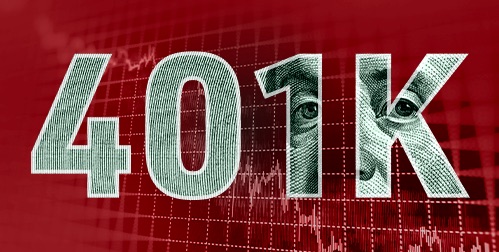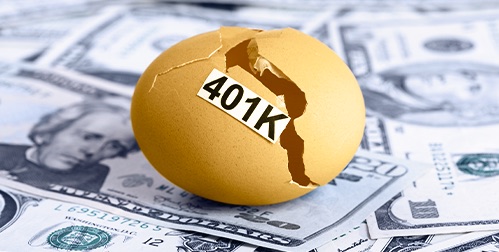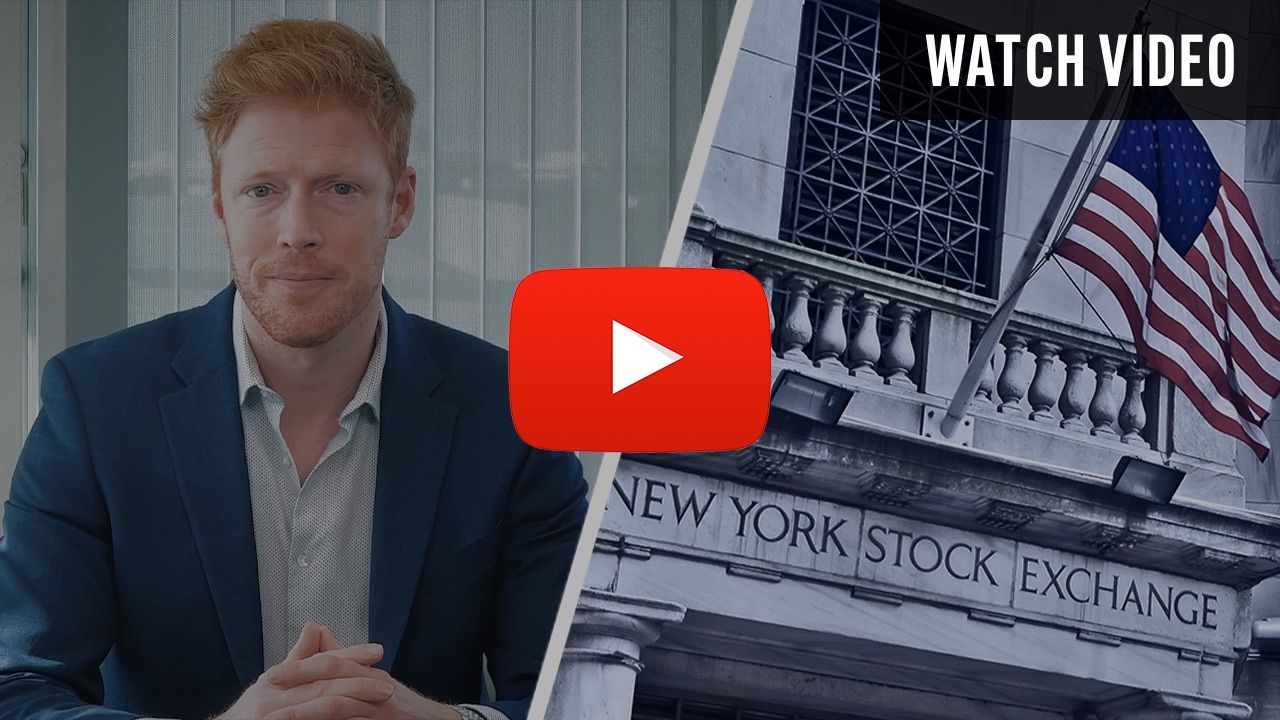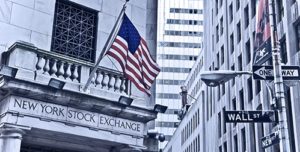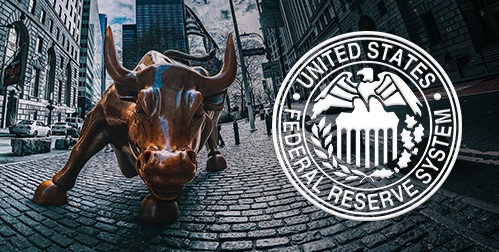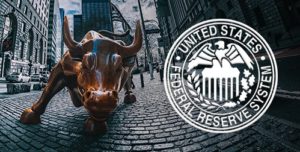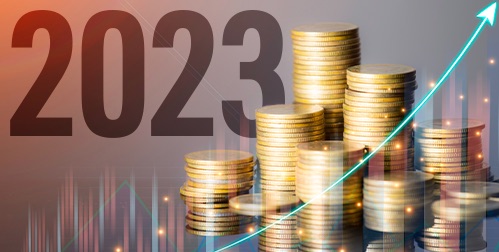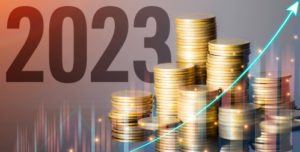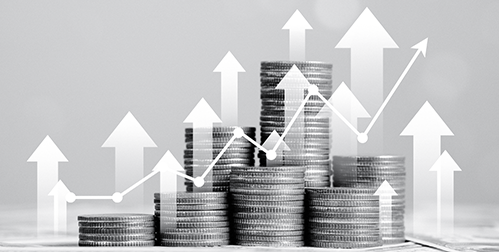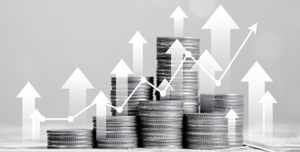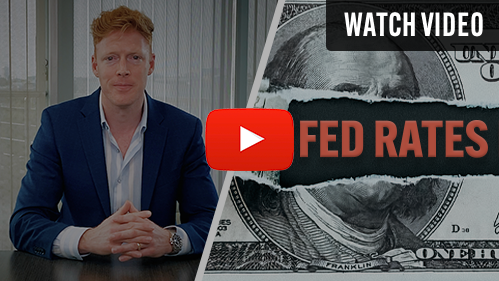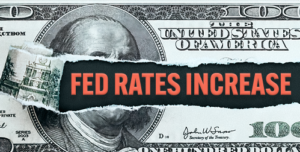- The Inflation Reduction Act’s new taxes on business have taken effect
- The ill-timed taxes can hurt corporate earnings and lower stock prices
- Investors turn to precious metals since they are not subject to the new taxes
Higher Business Taxes Threaten 401(k) Savings
Business taxes are rising as the economic forecast grows worse. Biden signed the Inflation Reduction Act into law in August 2022. It includes a corporate alternative minimum tax (CAMT). The CAMT is a 15% minimum tax on large corporations. Also, parts of the 2017 tax overhaul are set to expire. These new business taxes are likely to hurt the value of retirement funds as they cause corporate earnings and stock prices to drop.
Biden tweeted, “It’s 2023. That means the largest, most profitable corporations will have to start paying a 15% minimum tax. The days of the wealthiest companies not paying taxes are over.” These taxes are going to pay for the left-wing agenda found in the Inflation Reduction Act. However, the Joint Committee on Taxation (JCT) found that revenue from the bill won’t cover the costs of all the new programs. It will come up about $100 billion short.1
Creating more taxes and adding more debt is bad for the economy. Adding new taxes on businesses during a recession is even worse. Around 200 of the country’s largest corporations will feel the brunt of the new taxes. The JCT estimates that the taxes will hit US manufacturing the hardest. Their new tax burden will be over $150 billion. 401(k) anchors like Tesla, Ford Motor, Amazon, and Salesforce are also targeted. Aerospace and defense company Raytheon Technologies said their tax bill spiked by $1.5 billion.
Experts expect the new taxes to drag on 2023 earnings. Goldman Sachs said, “We estimate that all of these provisions would lower 2023 S&P [earnings per share] by three percent.”2
“On the impact of tax increases in a recessionary period, we are highly concerned,” said Chris Netram from the National Association of Manufacturers. He continued, “Some of the items that have already taken effect, that Congress failed to reverse at the end of last year, are causing a lot of pain for our members.” A fragmented Congress is highly unlikely to do anything to help despite calls from the business community.3
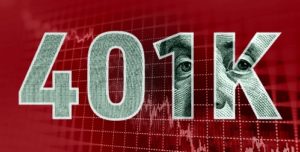
Effect on the Economy
The policies of the Biden administration are the exact opposite of what usually happens during a downturn. Taxes and interest rates are normally reduced to help business. Now, taxes are increasing. And the Federal Reserve is raising interest rates at an unprecedented pace to combat inflation. Together, they are stifling growth and encouraging recession.
These new taxes can harm the value of 401(k)s and IRAs by reducing the value of stocks held within them. Investors can defend their retirement funds from Biden’s agenda-driven taxes. They can preserve their wealth by diversifying with assets that are out of the Democrat’s grasp. Safe haven assets like precious metals can protect the value of a 401(k) from the new business taxes. Contact us today to learn how our Gold IRA defends your nest egg from taxes, inflation, and recession.
